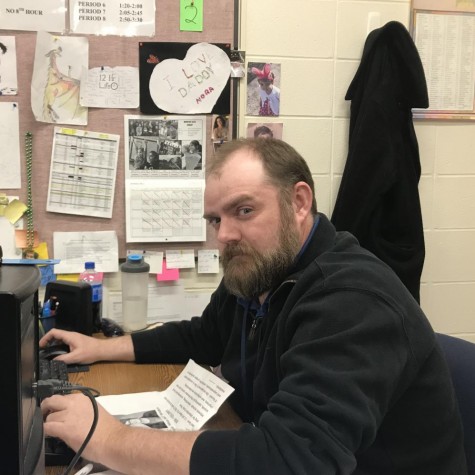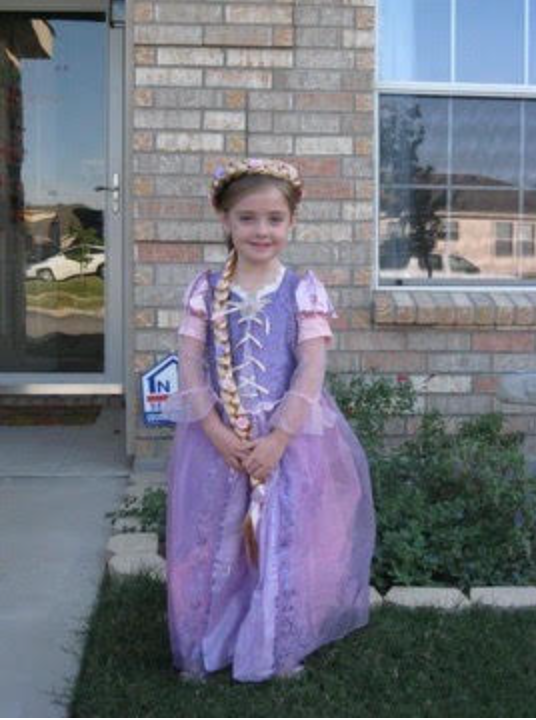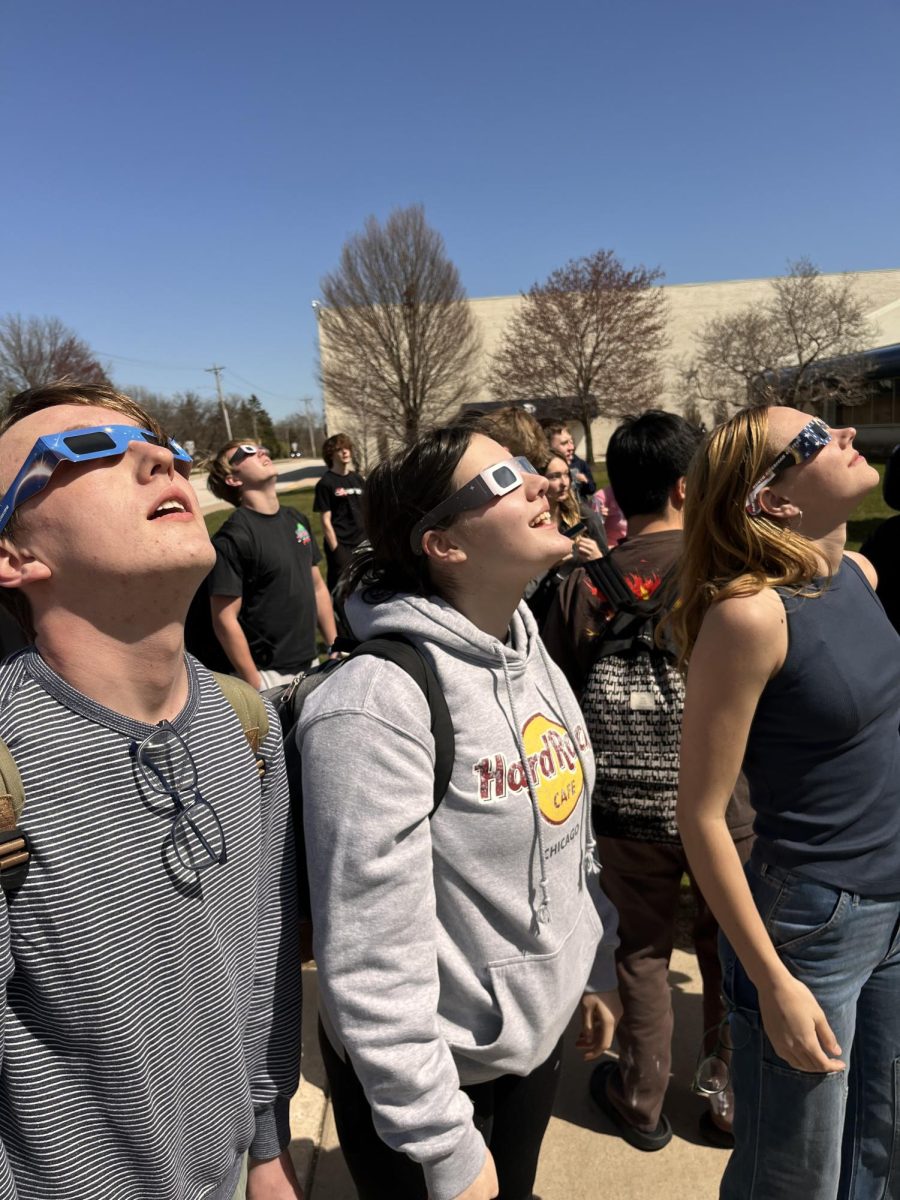Often, one can walk into any math classroom, ranging from Algebra 1 to AP Calculus, and hear a student ask, “When are we ever going to use this in the real world?” Many times, a new and abstract concept will be taught in the classroom, which sparks this response. For example, many fail to see the application of proof-writing, taught as early as Geometry. However, new research is coming out that explains the reasoning behind this kind of mathematics, and how it can help one in the future in any field.
Throughout a student’s high school career, they are required to take at least 6 semesters of mathematics classes, with a regular and an honors track. As time moves on, math classes start to become much more difficult, with the addition of the abstract concept of trigonometry in Geometry and Algebra 2. These abstract concepts cause students to have a difficult time achieving the grades that they wish to receive, as the more abstract a concept becomes, the harder it is to understand.
Because of these more abstract concepts, students have trouble understanding the topic in the time limit. So they employ a method where they memorize how to solve those similar, nearly exact problems with different numbers (cookie-cutter problems) without actually understanding the topic. They get through the test and move on without knowing the concept. This cycle often continues for several years, where students just briefly learn how to do one specific kind of problem and then abandon that abstract concept.
When the student reaches a higher math class, usually on the honors track, the problems start to shift away from cookie-cutter problems. Then, the students who have perfected the method of memorizing the method of doing only those identical problems start to have trouble, as it is much more difficult to do problems that use the concepts taught in class but that are completely different than the homework, forcing the student to figure out how to do it during the test.
“You can really notice the difference between the students who understand the subject material and the students who have gotten by by memorizing the method to a cookie-cutter problem. As the tests get harder, you must figure out how to solve new problems in a time limit, and only those who have mastered the concepts can do that,” says sophomore Aadil Manazir.
Classes that present these new kinds of tests include AP Physics and AP Calculus. AP Physics teaches concepts using the model system, where students are introduced to a method of categorizing problems into certain models in order to understand them. Then, they use different techniques to solve them.
“I found that this style of thinking is how expert physicists solve problems. A student will try to combine unlike problems together; for example, high school students tend to put all boxes on ramps problems together. Just because it’s a box on a ramp, doesn’t mean you should definitely use kinematics or energy. Novice problem solvers tend to make groupings that are not effective groupings. And if you think about how the mind works, we are always trying to find patterns and things, and identify problem solving methods according to those patterns. That’s how you live life. But through education, you can learn more effective methods to identify those patterns and identifying problem-solving solutions associated with those patterns,” says Ian Spangenberg, a physics teacher who teaches all AP Physics 1 and AP Physics 2 classes.
Spangenberg has researched the model method in his classes as a part of his masters project. The first year he introduced this new method of thinking, the average AP test score went up by one point. And on a 5-point grading scale, that is a significant change.
“When someone first enters the workplace, they have a tendency to make accurate and superfluous groupings. To develop those skills, to learn how to identify the root causes of patterns and the methods to categorize is really the point of this class. Are kids really going to be solving conservation of momentum problems 20 years from now? No, probably not. But the skills connected with identifying patterns and exploring and identifying the root causes of those patterns are the lasting effect of this type of teaching,” says Spangenberg.
There is also a benefit of understanding the model system towards other tests, such as the ACT and other AP tests.
“It’s not just math and science. The ability to utilize patterns, to try to discover those root causes of those patterns, is applied in any class. And it ultimately helps students to remember these ideas for the AP exam or the ACT. By identifying a model at first, you can map your way down to a solution method easily,” says Spangenberg.
There is one test that requires students to use everything they can to solve advanced problems, and that is the American Mathematics Competition (AMC). This test has 25 problems, increasing in difficulty, which put together all categories of math. The test is timed at 75 minutes. That may seem like a long time, but only the best students can even get past #10. This test forces the student to use problem-solving skills to get through it.
“Problem-solving is probably the most important skill you can learn in high school, because of how far it can build your critical thinking skills. Studying for tests like the AMC can boost those vital skills, and over the years, can make other standardized tests, like the ACT, incredibly easy,” says Manazir.
Those critical thinking skills help in any field, and in any job; the point of mathematics is to teach these problem-solving skills, and in order to do that, schools must move away from testing cookie-cutter problems to teaching general models that can be applied to several different scenarios.
















